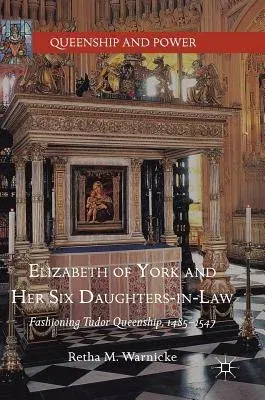Retha M Warnicke
(Author)Elizabeth of York and Her Six Daughters-In-Law: Fashioning Tudor Queenship, 1485-1547 (2017)Hardcover - 2017, 22 September 2017

Qty
1
Turbo
Ships in 2 - 3 days
In Stock
Free Delivery
Cash on Delivery
15 Days
Free Returns
Secure Checkout

Part of Series
Queenship and Power
Print Length
291 pages
Language
English
Publisher
Palgrave MacMillan
Date Published
22 Sep 2017
ISBN-10
3319563807
ISBN-13
9783319563800
Description
Product Details
Author:
Book Edition:
2017
Book Format:
Hardcover
Country of Origin:
NL
Date Published:
22 September 2017
Dimensions:
21.01 x
14.81 x
1.75 cm
ISBN-10:
3319563807
ISBN-13:
9783319563800
Language:
English
Location:
Cham
Pages:
291
Publisher:
Series:
Weight:
512.56 gm